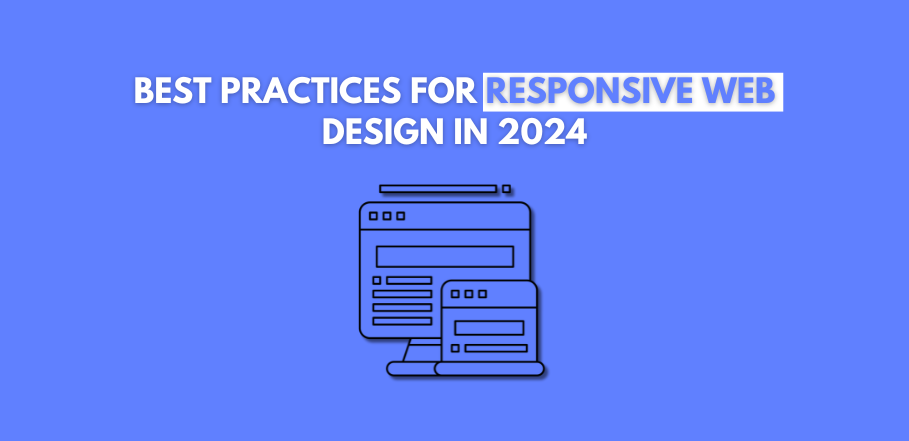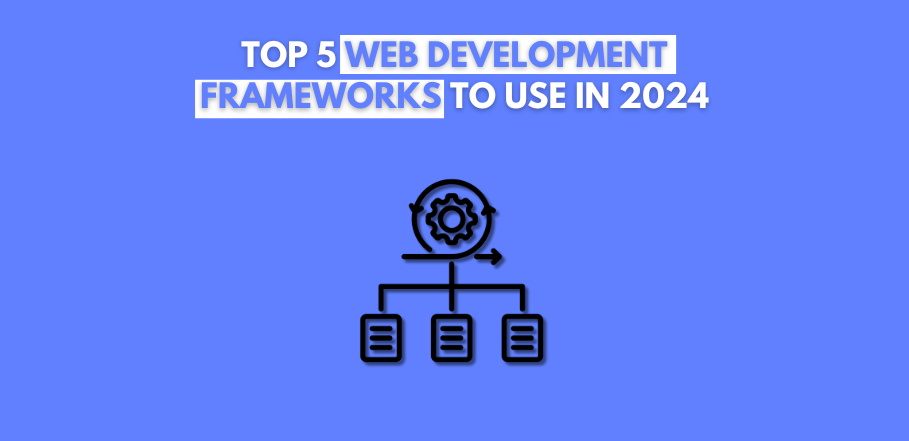
A Detailed Brief of MERN Stack Development
In the rapidly evolving world of web development, choosing the right technology stack is crucial for building efficient, scalable, and maintainable applications. One such powerful and popular stack is the MERN stack. This detailed brief explores the essentials of MERN stack development, its benefits, key components, and best practices for building robust web applications.
1. What is the MERN Stack?
The MERN stack is a collection of four technologies that work seamlessly together to enable developers to build full-stack web applications. The acronym MERN stands for:
- MongoDB: A NoSQL database that stores data in a flexible, JSON-like format.
- Express.js: A minimal and flexible Node.js web application framework that provides a robust set of features for web and mobile applications.
- React: A JavaScript library for building user interfaces, maintained by Facebook.
- Node.js: A JavaScript runtime built on Chrome’s V8 JavaScript engine, used to build scalable network applications.
2. Why is the MERN Stack Important?
The MERN stack is important for several reasons:
- Full-Stack Capability: Enables development of both front-end and back-end with JavaScript, ensuring consistency and ease of use.
- Scalability: Provides scalable solutions suitable for both small and large applications.
- Flexibility: Offers a flexible structure that can be tailored to various project requirements.
- Open-Source: All components of the MERN stack are open-source, providing a large pool of resources and community support.
- Efficiency: Streamlines the development process, leading to faster and more efficient development cycles.
3. Key Components of the MERN Stack
The MERN stack consists of four key components, each serving a specific purpose in the development process:
MongoDB
MongoDB is a NoSQL database known for its flexibility and scalability. It stores data in JSON-like documents, which makes it easy to work with JavaScript objects.
- Schema-less: No predefined schema, allowing for dynamic and flexible data models.
- Scalability: Horizontal scaling capabilities to handle large amounts of data.
- Rich Query Language: Provides powerful querying and indexing capabilities.
Express.js
Express.js is a web application framework for Node.js, designed for building web applications and APIs.
- Minimalistic: Lightweight and unopinionated, giving developers the freedom to structure their applications.
- Middleware Support: Offers a wide range of middleware to handle various tasks like authentication, logging, and error handling.
- Routing: Provides a robust routing system for handling different HTTP requests.
React
React is a JavaScript library for building user interfaces, focusing on creating interactive and dynamic web applications.
- Component-Based: Encourages building reusable UI components, improving code maintainability.
- Virtual DOM: Enhances performance by efficiently updating and rendering components.
- Declarative: This makes it easier to understand and predict the behavior of the application.
Node.js
Node.js is a JavaScript runtime that enables server-side scripting and the building of scalable network applications.
- Event-driven: Non-blocking, asynchronous architecture, making it efficient for I/O operations.
- Single Programming Language: Allows the use of JavaScript for both client-side and server-side code.
- Rich Ecosystem: A vast library of modules available via npm (Node Package Manager).
4. Benefits of MERN Stack Development
Adopting the MERN stack offers numerous benefits:
- Unified Language: JavaScript is used throughout, simplifying the development process and reducing context switching.
- Performance: Non-blocking architecture of Node.js ensures high performance for real-time applications.
- Flexibility: MongoDB’s flexible schema design adapts to the changing needs of the application.
- Speed: React’s component-based architecture and virtual DOM speed up the development and rendering processes.
- Community Support: A strong community and extensive resources support the MERN stack, aiding in problem-solving and knowledge sharing.
5. Applications of MERN Stack Development
The MERN stack is versatile and can be used across various applications and industries, including:
E-Commerce
- Online Stores: Building scalable and high-performance e-commerce websites.
- Inventory Management: Developing robust systems for managing stock and orders.
Social Media Platforms
- Interactive UIs: Creating dynamic and engaging user interfaces for social interaction.
- Real-Time Features: Implementing features like live chats and notifications.
Content Management Systems (CMS)
- Custom Solutions: Developing flexible and customizable CMS platforms.
- User-Friendly Interfaces: Ensuring intuitive and responsive design for content management.
Healthcare
- Patient Portals: Building secure and efficient patient management systems.
- Telemedicine: Developing platforms for virtual consultations and remote monitoring.
Educational Platforms
- E-Learning: Creating interactive and scalable online learning environments.
- Course Management: Implementing systems for managing courses, students, and educational content.
6. Best Practices for MERN Stack Development
To achieve optimal results with MERN stack development, follow these best practices:
- Modular Architecture: Break down the application into smaller, reusable components and modules.
- State Management: Use state management libraries like Redux to manage the application state effectively.
- Error Handling: Implement comprehensive error handling and logging mechanisms.
- Security: Follow best practices for securing both the server-side and client-side code.
- Testing: Use testing frameworks like Jest and Mocha to ensure code quality and reliability.
- Continuous Integration/Continuous Deployment (CI/CD): Automate the build, test, and deployment processes for faster release cycles.
- Performance Optimization: Optimize both front-end and back-end performance by using techniques like lazy loading, code splitting, and efficient database queries.
7. The Future of MERN Stack Development
The MERN stack is continually evolving, with new trends and technologies shaping its future. Key trends to watch include:
- Serverless Architecture: Integrating serverless functions to enhance scalability and reduce server management overhead.
- GraphQL: Using GraphQL for more efficient and flexible API querying.
- Progressive Web Apps (PWAs): Building PWAs to provide a native app-like experience on the web.
- Microservices: Adopting microservices architecture for better modularity and scalability.
- AI and Machine Learning: Leveraging AI and machine learning to build intelligent and data-driven applications.
Conclusion
The MERN stack is a powerful and versatile choice for modern web development, offering a comprehensive solution for building full-stack applications with JavaScript. By understanding the key components and benefits of the MERN stack, businesses can leverage these technologies to create efficient, scalable, and maintainable web applications. At EZ Brand Builders, we specialize in implementing tailored MERN stack solutions that align with your unique requirements, helping you build a strong, agile, and responsive digital presence. Investing in MERN stack development ensures your business remains competitive, efficient, and innovative in an ever-changing digital landscape.








